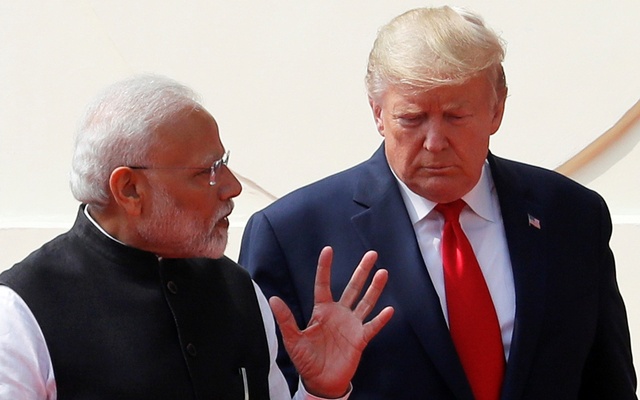From textile fabrics, refrigerators and suitcases to antibiotics such as amoxicillin erythromycin and metronidazole, vitamins and insecticides to automatic data processing machines, diodes and semiconductor devices, auto parts and several steel and aluminium items and mobile phones – Indian industries are reeling from the disruption to China’s supply chain.
The commerce department, which has already held at least one round of detailed consultations, has shot off letters to Indian missions across the globe to identify potential suppliers. A detailed analysis of potential replacement markets has been undertaken and shared with other ministries and foreign missions, according to the Times report.
Switzerland and Italy were identified as potential sources for antibiotics given that they are among the top exporters along with China.
While there has been a positive response from some of the countries, finding alternative sources for the supply of electronics and mobile phones along with their inputs, is proving to be a tough task considering China’s complete dominance in the sector.
Besides, other countries are also on the lookout for the same sources to bridge the gap due to a breakdown in the supply chain.
India’s Commerce and Industry Minister Piyush Goyal is scheduled to hold detailed consultations in the coming week to move forward with the strategy and also seek measures to boost local production wherever possible.
A preliminary analysis following detailed discussions by the commerce department has shown that the situation is particularly grim in the case of pharma and chemicals, smartphones, electronics and white goods and plastics, where India depends on China for a bulk of its imports.
Other sectors such as textiles yarn, certain organic chemicals and gems and jewellery are also seeing an adverse impact on exports given that China and Hong Kong are the major buyers.
But trade bodies have told the commerce department that the coronavirus outbreak, which verging on a pandemic now, has triggered an increased interest in the demand for leather products, ceramics and agri-products.


